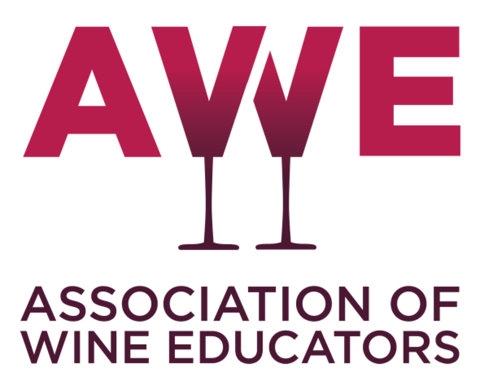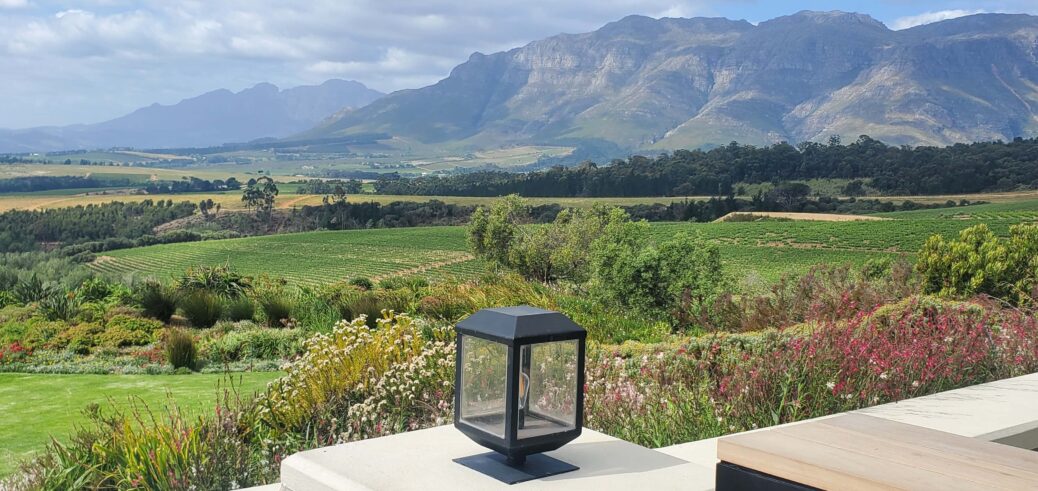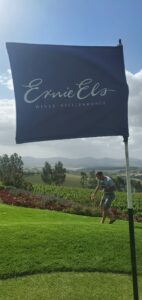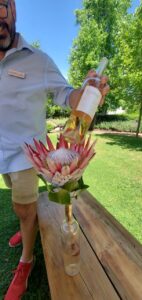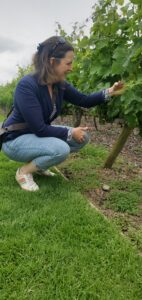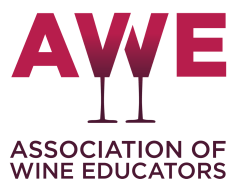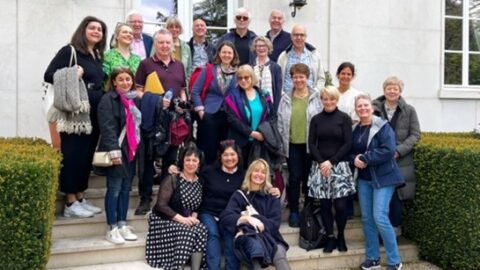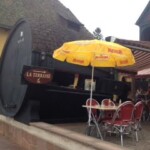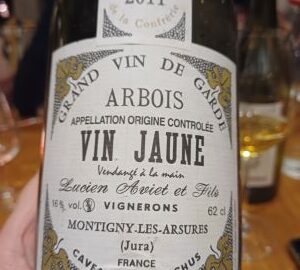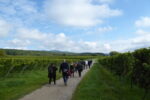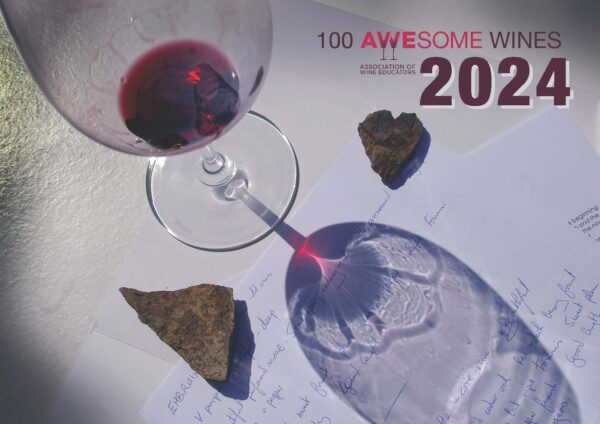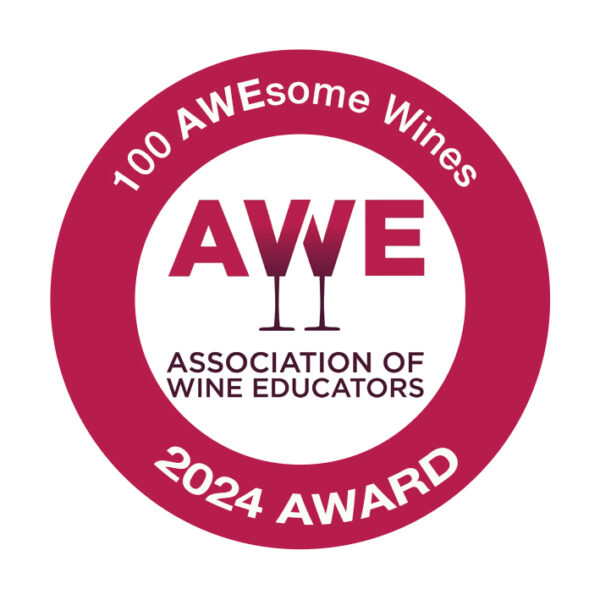My husband and I are recently back from an incredible trip to South Africa, visiting Cape town and surrounding wine regions of Stellenbosch and Franschhoek. Sadly, we were on a tight schedule and only had three days to explore the wine country. But, since these two prestigious wine centres are a stone’s throw from Cape Town and many wine farms are so closely situated, we were able to tick many off my huge wine estate wish bucket list.
I had been told what a beautiful wine country South Africa was, but I don’t think I was quite prepared for the breath-taking landscapes and jaw-dropping backdrops around each corner. Stellie and Franschhoek seem to be doing wine tourism incredibly well. Not only are they brilliant at the culinary experience with top class gourmet restaurants, innovative food and wine pairings and even cooking classes, I spotted many other activities such as hot air balloon rides, bicycle tours or wildlife safaris combined with wine tastings.
The wine industry has obviously faced significant challenges over the past few years, suffering more than other wine producing countries during the pandemic, as well as adapting to climate change, export challenges and economic pressures. However, the South Africans have shown serious resilience and have learnt to diversify with a growing emphasis on sustainability, biodiversity and social responsibly. What also impressed me was the amount of experimentation occurring with new grape varieties and technological integration.
I would highly recommend a trip to explore the South African wine country and cannot wait to return to explore more of this beautiful country. Below I have detailed some of the highlights of the wine country we explored along with some more general tips on great restaurants and activities we enjoyed in the Cape Town area.
STELLENBOSCH
We began our vinous travels on the outskirts of Stellenbosch at DeMorgenzon (translated as ‘the morning sun’ in Afrikaans). One of the first three or four wine farms in SA and first established in 1652. Here the music of baroque classical composers serenades the vineyards which is said to enhance the grape growing process – and their labels depict this. An interesting Rhone blend of Shiraz, Durif, Grenache, Mourvèdre and Malbec was aptly named Maestro Blue. They are known for their incredible Chenins too which are grown on 1000m slopes.
Our next stop was next door at Jordan wine estate which used to be part of DeMorgenzon but split in 1900 and became the first tasting room in South Africa. Here we learnt about the huge and important geological influence in this part of the wine region. One of the wines was named Cabernet Long Fuse because the geologist owner used dynamite to break up the tough soil. Sitting in the cellar door terrace savouring their top wines in the sun overlooking a lake, terraced vineyard and mountain backdrop was particularly idyllic.
Teeing off the third wine estate was Ernie Els Vineyard (owned by the famous SA golfer). The estate is in the heart of Stellenbosch with a sweeping backdrop of the Heidelberg mountains. Although it felt very tourist-focused, it was worth seeing for its sheer scale and includes a trophy room where you can salute Ernie’s lifetime achievements as well as fine dining restaurants, a 5-star hotel and a chipping green where you can practice your golf swing just outside the cellar door – which my husband and I could not resist! The wines here were impressive, and it’s worth visiting just for the views!
Next up was Spier wine farm which is a historic estate with a commitment to sustainable practices and environmental conservation including water conservation, waste reduction, and organic farming. It is also involved in biodiversity initiatives to promote the natural balance of the ecosystem and community and education programmes. Beyond this and its brilliant wines and very good cellar door, it offers a holistic experience, including art exhibitions, farm to table dining, luxury eco lodges and even eagle encounters. You could very easily spend an entire day here exploring the estate. I enjoyed a very interesting artisan local chocolate and wine matching flight which was very cleverly created to unlock and heighten the flavour nuances in both the wine and chocolates.
Our final stop in Stelle was L’Avenir. This was a very special experience for me as I was joined by a great friend and former colleague Abi Mitton who is the Chenin Blanc ambassador for South Africa. We were treated to a red carpet tasting here discovering all that this fantastic boutique winery has to offer and even enjoying a barrel tasting which was a brilliant experience. The stunning estate set against the backdrop of the Simonsberg Mountains, dates to 17th century and has a real commitment to the iconic South African varieties of Chenin Blanc and Pinotage but with a French flair. I was particularly impressed by their Provence-inspired Glen rosé which not only tasted fantastic, but its bottle had been grooved to look like a protea flower – South Africa’s national flower. This wine was described as South Africa’s first luxury rosé made with their acclaimed Single block Pinotage found at the highest point on the farm.
FRANSCHHOEK
The quaint and charming Cape Winelands village of Franschhoek (otherwise known as the French Corner) is arguably South Africa’s premier wine and food destination, located just one hours’ drive from Cape Town. From here you can board the famous wine tram but just strolling down the high street to soak in the charm of this quaint town is an experience. The tram can be quite full-on, and you need to do it all day to make it worth the cost.
Venturing into Franschhoek we explored Boschendal, one of the oldest wine estates with history dating back to 1685. Again, you could spend at least half a day here exploring the lush gardens and eating at one of their many cafes, delis or restaurants or enjoying one of their wine flights. Here they have hugely diversified land usage with agriculture – citrus and blueberries, pigs, cattle, chickens. We indulged in a great cheese and wine flight under one of the huge old oak trees in the beautiful cellar door garden. This estate is well known for its Sauvignon Blanc, Chardonnay, sparkling wines and Shiraz.
One of my favourite tastings of the trip was at Mullineux et Leeu. These guys do premium wines and put on a great tasting experience with some of the most impressive wines I tasted on the trip. They won Top Performing Winery of the Year in 2023 in the Platter’s Guide. Production is small scale, and they only use older vines (30 – 60-year-old). They are experimenting with grapes such as Sangiovese but doing amazing things with the classic varieties of Chardonnay and Cabernet. All their wines are sustainable but not certified organic despite following these practices. The Leeu Passant Stellenbosch Chardonnay 2021 made in 70% French oak and 30% new won Top Chardonnay in SA twice and awarded 95 points by Tim Atkin MW. Their Red blend from Cabernet Sauvignon, Cabernet Franc and Cinsault could last for 10 – 40 years! I really enjoyed the Lieu Passant Radicales Libres. An experimental Chardonnay that is handled oxidatively with maturation in barrel for 60 months. It has a beautiful complex nutty, salty, zesty beauty.
Other highlights of our trip to Cape town and the surrounding area:
- Table Mountain trek – Skeleton Gorge is one of the most beautiful but strenuous treks up Table mountain and took us around 4 hours but the views are SO worth it! – https://hiketablemountain.co.za/table-mountain-skeleton-gorge/– access is via Kirstenbosch gardens – easily accessible by car/uber
- Drive from Cape Town to Simonstown down the peninsula to Boulders Beach to visit the penguin colony. If you continue driving south through the national park you arrive at the lighthouse on Cape Point. Drive back via stunning Hout Bay and Chapman’s Peak
- Cod Father Sushi and Seafood restaurant in Camps Bay https://www.codfather.co.za/– incredible array of freshly caught fish that you are able to choose and order by weight.
- Whale watching in Hermanus Bay and visit to Bietang’s cave bar and restaurant on the rocks where we saw whales come up to the shore while sipping our Chenin Blanc!
- Breakfast/brunch at Smitten café in Franschhoek: https://www.smittencafe.co.za/–
- 96 Winery Road Restaurant, Ken Forrester https://kenforresterwines.com/restaurant/ – relaxed atmosphere with South African inspired flavours, so delicious.
Getting Arround
It did surprise me how easy it is to travel around the regions We hired a car, but found Ubers which are an incredibly cheap, safe, and easy way to navigate the regions. Or there’s always the wine tram in Franschhoek which is another novel and fun way to get about.
